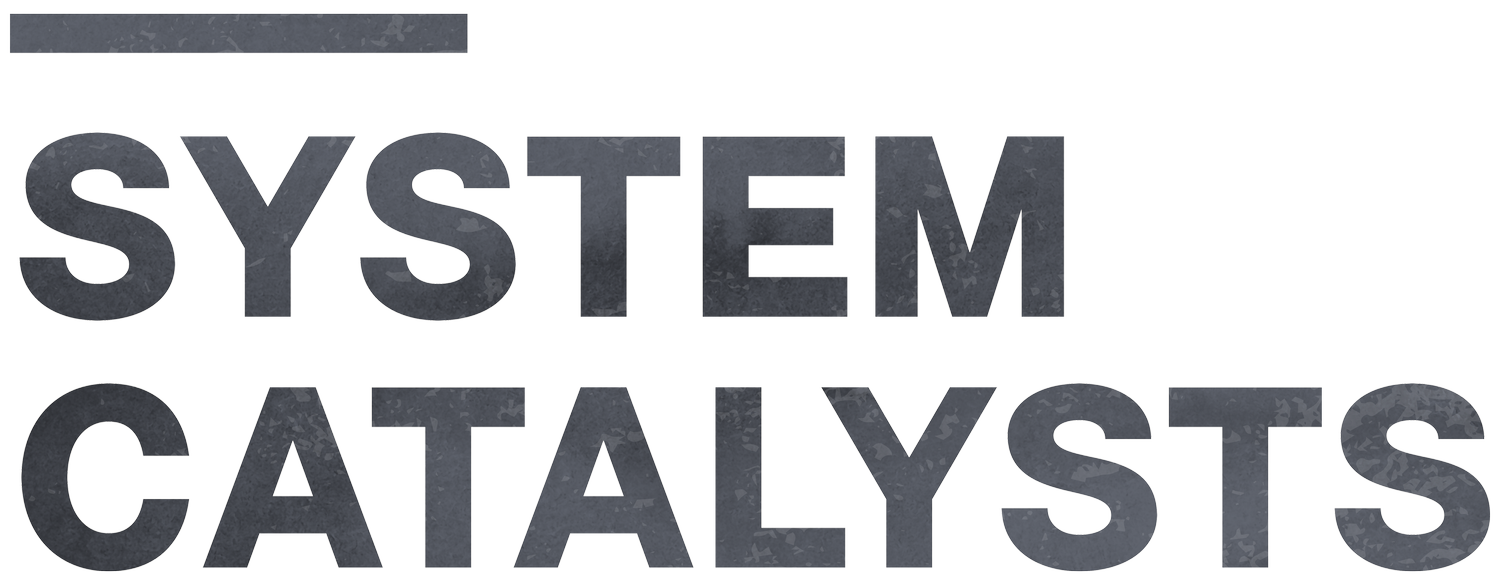Finding collaborative Flow: What Jazz Taught Me About System Change
As a host of System Catalyst, I often find myself drawing unexpected parallels between my experiences in music and our work in system change. I’d like to share a perspective that has profoundly shaped my understanding of collaborative transformation.
My Journey with Flow States
In seventh grade, I walked into the band room wanting to learn music. They handed me a tuba (because I had braces) and said, "this is what you're gonna play." That moment began a journey that would teach me invaluable lessons about collaboration and collective achievement.
As I started playing in jazz bands and wind ensembles, I discovered something remarkable: I was an important part, along with others, in producing music that none of us could create alone. This experience introduced me to what I now recognize as a "flow state" – that magical place where time seems to disappear, and work becomes both enjoyable and highly productive.
The Jazz Band as a Model for System Change
Through my current role on the Board of Berklee College of Music, I've continued to observe how jazz ensembles exemplify ideal collaborative environments. The parallels to system change work are striking.
In jazz, you need two fundamental skills: being a great individual player and having what I call a "managed ego." This second skill is crucial – it's about putting aside yourself to truly listen to other performers. When this happens, innovation naturally emerges. You start jamming based on what you hear and see from others, creating something unique and far beyond what any individual could achieve alone.
Why This Matters for System Change
I've found that our work in systemic transformation faces similar challenges. Harvard professor Dan Gilbert's research shows that our minds are occupied by aimless thoughts nearly 47% of the time. This disconnection hampers our ability to create meaningful change, leading to conflict, dissension, and mutual incomprehension.
But when we can achieve that same flow state I first experienced in the band room, something magical happens. Teams become more cohesive, innovation flows naturally, and we transcend individual limitations to create collective impact.
Creating Flow in Your Own Work
Over years of working in both philanthropy and system change, I've discovered several ways to cultivate this collaborative flow:
Share Meals and Spirits: Some of the best flowing conversations happen when we break bread together. It creates an environment where everyone listens and everyone participates.
Practice Mindfulness: Through meditation and contemplation, we can train ourselves to be more deeply conscious of others. There are excellent free resources available online for getting started.
Focus on Common Goals: Just like in jazz, where we unite around creating beautiful music, system change requires a shared vision that pulls everyone forward together.
The Power of Collective Flow
What I learned with that tuba in seventh grade holds true today: when we find our collective rhythm, we can create change that none of us could achieve alone. If we're in flow state more frequently, we're all going to be more effective.
As your host on System Catalyst, I'm constantly exploring these intersections between different domains of collaborative excellence. Whether you're working in education, healthcare, environmental conservation, or any other area of system change, remember that transformation doesn't come from rigid structures or solo performances. Like great jazz, it emerges from the dynamic interplay of skilled individuals who know when to lead, when to support, and how to create harmony from diversity.
The next time you're working on a complex systemic challenge, think about that jazz ensemble. Listen deeply. Respond authentically. And most importantly, trust in the collective flow that emerges when we truly collaborate.
